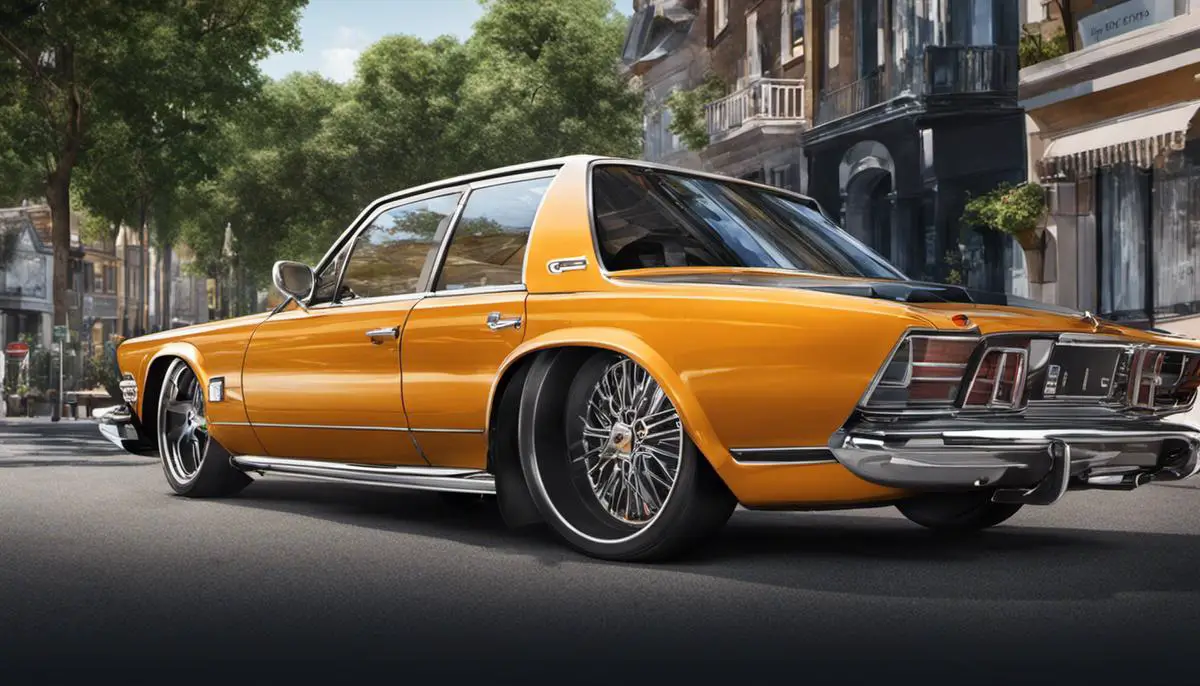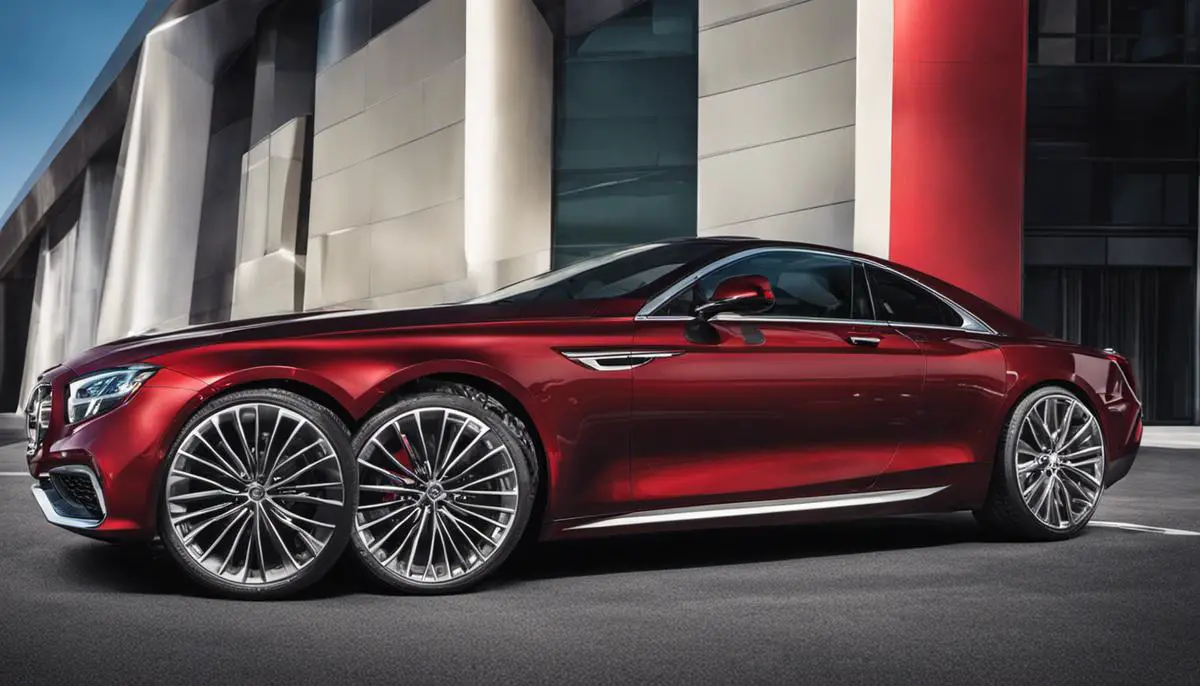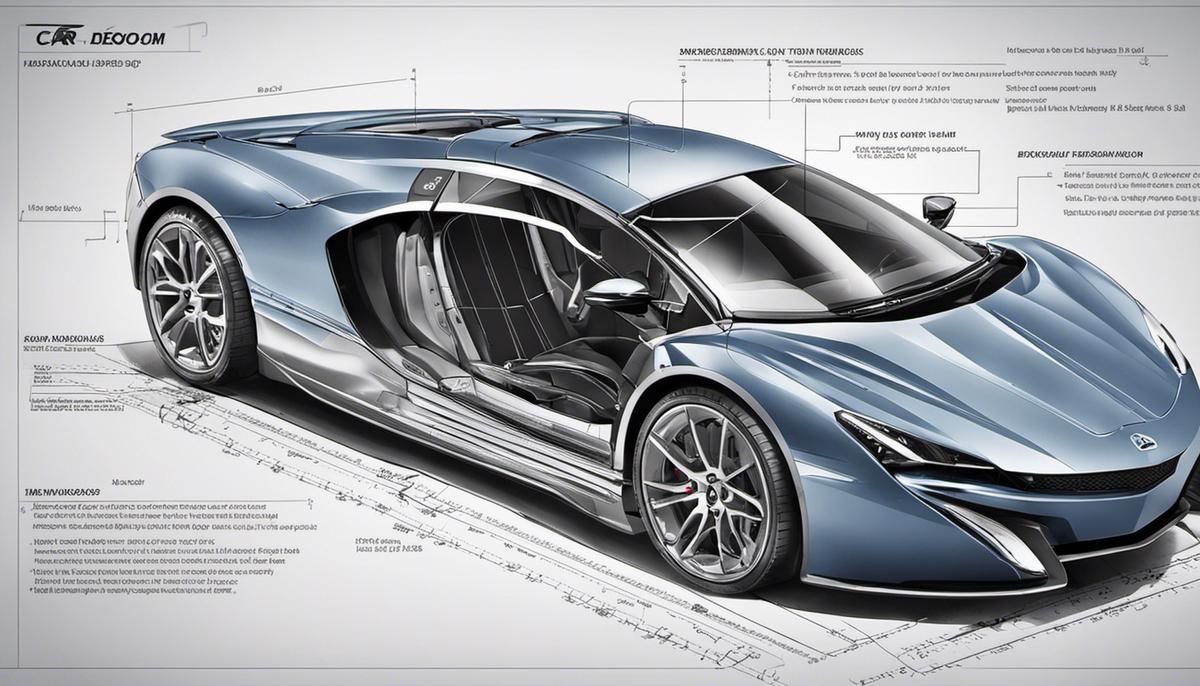Imagine navigating a winding road at high speed or negotiating a tight corner. The agility, stability, and safety of your vehicle largely depend on a fundamental design parameter – the wheelbase. Yet, this crucial element often goes unnoticed, hidden beneath the complex machinery and sumptuous interiors. The wheelbase – the distance between the centers of the front and rear wheels – is a pivotal factor that determines a vehicle’s size, balance, turning capabilities, and overall performance. It is the silent custodian of your riding comfort and safety, with a profound impact on the car’s performance and fuel efficiency. Through this exploration, we will unravel the importance of wheelbase, its correlation with vehicle stability, its impact on performance, and the exciting future promised by technological advances in wheelbase utilization.
Contents
Understanding Wheelbase and its Importance
Wheelbase: The Key Player in Vehicle Engineering
When it comes to understanding automotive engineering, the term ‘wheelbase’ is one of the very first that you’ll encounter – and its importance can’t be understated. It’s a vital element that helps shape a car’s performance, stability, and handling characteristics. It determines the dimensions of a vehicle and significantly influences its driving dynamics. Simply put, wheelbase acts as the foundation upon which the entire functionality of an automobile depends. So, what exactly is wheelbase and why is it so pivotal? Let’s delve into the details.
Through its most fundamental definition, the ‘wheelbase’ of a vehicle refers to the distance measured between the centers of the front and rear wheels. Exactly, it’s the straight-line length that stretches from the center of the front wheel to the middle of the rear wheel on the same side of the vehicle. In vehicles with more than two axles, the wheelbase is generally considered as the distance between the front axle and the middle or rear axle.
One might wonder, how does this straightforward measurement become such a determining factor in a vehicle’s performance? To answer that, imagine the wheelbase as the backbone of a vehicle; Just as the human backbone supports and balances our whole body, the wheelbase plays a significant role in ensuring both balance and stability of a vehicle. A shorter wheelbase often leads to a more responsive, nimble ride, making it a preferred choice for compact cars and sports vehicles that require quick maneuverability. On the other hand, a longer wheelbase provides stability at high speeds and offers a smoother ride overall, making it suitable for luxury and cruising vehicles.
Wheelbase also plays a crucial role in weight distribution. A well-balanced wheelbase can distribute the weight of the car evenly across all four wheels, resulting in better grip and lesser strain on individual wheels. This further improves the vehicle’s overall handling and cornering abilities.
Moreover, a vehicle’s wheelbase is also responsible for internal space allocation. It directly affects the car’s size, influencing cabin space, cargo room, and even design aesthetics. Longer wheelbases tend to offer more passenger and cargo space, adding to the comfort factor.
In summary, the wheelbase is a significant but often overlooked determinant of a vehicle’s performance and everyday usability. It affects almost every framework of a vehicle, right from handling to cabin space. The next time you’re pondering the performance of a car, do take a second to understand the ins and outs of its wheelbase. After all, it’s the backbone of the vehicle’s engineering and performance!

The Correlation between Wheelbase and Vehicle Stability
Intricately interwoven with performance, the wheelbase length substanially impacts a vehicle’s stability. An optimal wheelbase size utlizes the vehicle’s dimensions to impart superior road-holding attributes. Let’s delve deeper into the specifics.
On examining stability at higher speeds, a predominant factor arises – the longer the wheelbase, the greater the high-speed steadiness. This increased stability at elevated velocities permits a more comfortable, safer ride for occupants. In essence, a longer wheelbase, by distributing the weight over an expansive area, serves to anchor the vehicle more efficiently to the road, negating sways and side-to-side movements. Thus, vehicles with longer wheelbases will inherently maintain a solid equilibrium at higher speeds.
Turning our attention to wind effects, the length of the wheelbase plays a role here as well. Vehicles with a longer wheelbase exhibit decreased sensitivity to side winds. This characteristic may appear minimal but can become noteworthy on tumultuous weather days, or when traveling across bridges, or through wind-prone regions.
An additional aspect where wheelbase length makes a palpable difference pertains to vehicle tipping. The potential tipping point of a car is intrinsically linked with its wheelbase measure. Smaller wheelbases tend to have a higher center of gravity and are consequently more susceptible to tipping or rollovers, especially in turns taken at higher speeds. Vehicles with a more extended wheelbase generally exhibit a lower centre of gravity, reducing the risk significantly.
Physics also illustrates the importance of wheelbase length in braking stability. During a forceful brake, the weight of the car shifts forward, compressing the front suspension. A lengthier wheelbase distributes this shift over a greater distance, diminishing nosediving and enhancing the vehicle’s braking stability.
Last but not the least, there’s off-roading where a shorter wheelbase could prove more advantageous. A longer wheelbase might face difficulty maneuvering over rocky terrains. Shorter wheelbases, by virtue of superior flexibility and agility, perform more proficiently in complex off-road scenarios.
To encapsulate, while accommodating passenger comfort and driving performance primarily, wheelbase length serves a key role in the stability and safety of a vehicle. Its length implies a balance between maneuverability and steadiness. It’s a crucial entity that tilts the scale in vehicle design, allowing engineers to strike the perfect harmony between performance and stability. In the grand scheme of automotive engineering, the wheelbase length truly proves its mettle as a stability influencer.

Wheelbase: Impact on Performance & Fuel Efficiency
Delving right into the heart of the matter, let’s analyze how wheelbase affects a vehicle’s fuel consumption and performance.
Essentially, the wheelbase’s length can either enhance or detract from a vehicle’s fuel efficiency. Now, how is that possible? Let’s dig a little deeper.
Firstly, a longer wheelbase generally implies a larger and heavier vehicle. Newton’s second law states that force equals mass times acceleration. In terms of vehicles, this means that a larger vehicle needs more power (fuel) to accelerate compared to a lighter one. So, the longer the wheelbase, the more fuel the car will potentially consume during acceleration or climbing inclines.
Moreover, a vehicle with a longer wheelbase can have a lower center of gravity, which can reduce wind resistance and the fuel spent overcoming it, eventually increasing the overall fuel efficiency. On the flip side, if the vehicle is too long and low, it might increase the surface area facing the wind, resulting in more wind resistance, which can in turn increase fuel consumption.
Now, addressing the impact on performance, a longer wheelbase can generally take turns at higher speeds without rolling over, thanks to the lower center of gravity. However, this comes at the cost of maneuverability. The longer the wheelbase, the wider the turn radius, which can potentially be a disadvantage in certain tight situations.
But here’s where it gets a bit tricky. Ao shorter wheelbase provides better weight distribution over the wheels, which can enhance acceleration and deceleration as the vehicle’s weight is more evenly spread across the wheels. This even distribution allows for less wheel lift, thus elevating performance during aggressive acceleration or braking.
In off-road contexts, vehicles with shorter wheelbases have an advantage. They exhibit better approach and departure angles and excel in navigating tight tracks. But they are also susceptible to tipping over as the center of gravity is higher.
Finally, let’s touch on another aspect where the length of the wheelbase plays a pivotal role: aerodynamics. The wheelbase contributes to the aerodynamic efficiency of a vehicle, which has a direct impact on both performance and fuel consumption. A well-designed aerodynamic profile can reduce drag, allowing the vehicle to move smoothly through the air, thus expending less energy and reducing fuel consumption.
To sum up, wheelbase does more than merely determine the vehicle’s dimensions. It is a key determinant of performance, fuel consumption, and overall driving experience. It’s a delicate balance between stability, fuel economy, and maneuverability — a balance that automotive engineers constantly strive to perfect. Through this complexity and nuance, it’s evident that the wheelbase is undeniably a pivotal aspect of vehicle design and engineering.

Technological Innovations Around Wheelbase Utilization
Venturing into the realm of technological advancements, revolutionary developments undoubtedly have a part to play in wheelbase utilization enhancements. One of these game-changing developments is the rise of autonomous driving technology. Linked to wheelbase usage, autonomous driving technology is all about sensors like LIDAR, radar, and cameras. These tools, integrated with AI, make high-precision measurements of the wheelbase and wheel angles. Doing so provides optimized handling and stability, especially useful during sudden braking and unmanned maneuvering.
On the extreme corner of innovation stands the concept of “shape-shifting” cars – a seeming figment of science fiction that is gradually becoming reality. Thanks to materials technology advancements, some companies are studying adaptable car structures where wheelbases could be adjusted on-the-go, shifting from longer to shorter lengths as warranted by driving conditions and requirements. This dynamic wheelbase technology waves a promising flag for enhancing vehicle performance in varying terrains, traffic scenarios, and stability demands.
Electronic Stability Control (ESC) systems are another leap forward. These computerized technologies detect and reduce the loss of traction (skidding), improving the vehicle’s stability by detecting and minimizing skids. In the context of wheelbase utilization, it contributes to influencing the vehicle’s handling characteristics under various road conditions and maneuvers – a technological boost to the inherent stability contributions of the wheelbase.
Modern wheelbase technology also allows for variable weight distribution systems. The idea is to reallocate the vehicular weight in real-time based on the driving requirements. With this in place, while leveraging autonomous driving, the vehicle itself can optimize the weight spread across the wheelbase for better grip, balancing, and handling.
The next-generation electric vehicles (EVs) have also metallicized the role of wheelbase in their designs. The novel “skateboard” architecture employed in EVs places the heavy battery pack between the wheels, keeping the center of gravity low. This strategy improves the overall balance and stability of the vehicle, providing an excellent example of efficient wheelbase utilization.
On the horizon, breakthroughs in lightweight materials are likely to further revolutionize wheelbase usage. Lighter cars mean longer wheelbases without significant weight additions, enabling better utilization of space, both inside and outside the vehicle. The reduction in vehicle weight while maintaining the handling and performance characteristics may redefine the future of modern vehicles.
Revolutionary, indeed. The brink of the future holds much in store for wheelbase utilization. Sparked by leaps in technological innovation, the future of wheelbase utilization promises to enhance driveability, efficiency, and overall vehicle performance. You could say we’re on the cusp of a wheel revolution in wheelbase technology.

As the inclusion of advanced technologies continues to modernize cars, the wheelbase remains an essential and enduring factor in vehicle design and performance. Whether it’s aerodynamics, maneuverability, stability, or ride comfort, the understated wheelbase plays a remarkable role. Today’s auto-tech innovations are already exploring adjustable wheelbase technologies, hinting at an exciting future defined by dynamic adaptability. Learning about this fundamental aspect of vehicle design equips us to understand vehicles better and appreciate the careful balance and consideration that goes into creating the cars we trust for our daily commute and triumphant road trips. Ultimately, the concept of wheelbase not only enhances our comprehension of automobile mechanics but also fuels our appreciation for the ongoing advancements in the auto industry.

